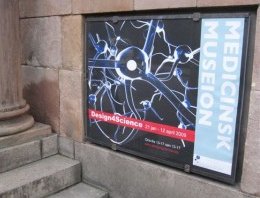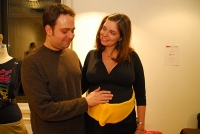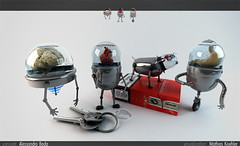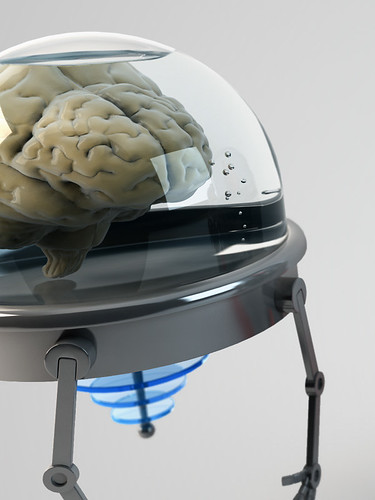I’ve already mentioned the launch of the new University Museums and Collections Journal. The first issue has just been released online — there are two articles of potential interest for reflecting medical museums:
In one of them, Sébastien Soubiran asks “What makes scientific communities think the preservation of their heritage is important?”, and answers the question through a historical analysis of the various role that were conferred to university collections and museums within the University Louis Pasteur of Strasbourg for the last thirty years.
In the other, “‘The Sound of Silver’: Collaborating art, science and technology at Queen’s University, Belfast”, Karen Brown presents an interesting exhibition approach, viz., an exhibition of silverware and sonic art; she is using technology developed by the Sonic Arts Research Centre (SARC) at Queen’s University to display and interpret the university’s silver collection by letting a number of sound artists compose short soundscapes based on individual items from the collection. The artists’ approaches are based on the history and provenance of the items, and on materials, techniques, and the aesthetic qualities or emotions attached to to the objects.
Other, shorter and more descriptive, medical museum articles include Christa Kletter on “The Drug Collection of the University of Vienna” and “The Collection of Pharmaceutical Objects of the University of Vienna” and Helmut Gröger and Manfred Skopec on “Medical history collections of the Medical University Vienna in transition”.

 Today, the poster for Design4Science got in place in our external showcases.
Today, the poster for Design4Science got in place in our external showcases.









 I cannot really see the point in
I cannot really see the point in 
 Her er
Her er 
 Sounds to me like a great vision for the future of public engagement with the humanities. And not at all unrealistic, because a precedent has already been set — by a science journal.
Sounds to me like a great vision for the future of public engagement with the humanities. And not at all unrealistic, because a precedent has already been set — by a science journal.